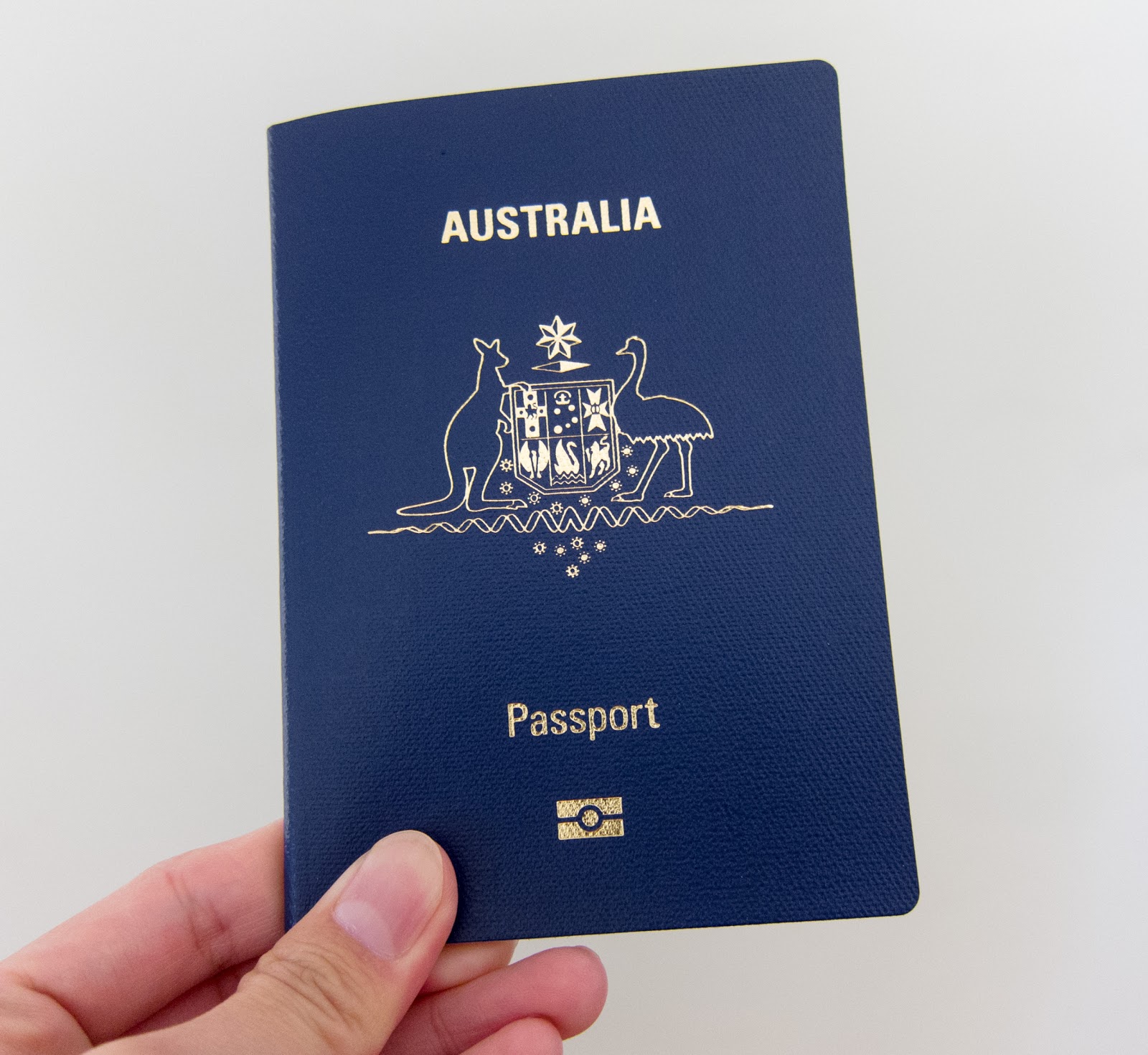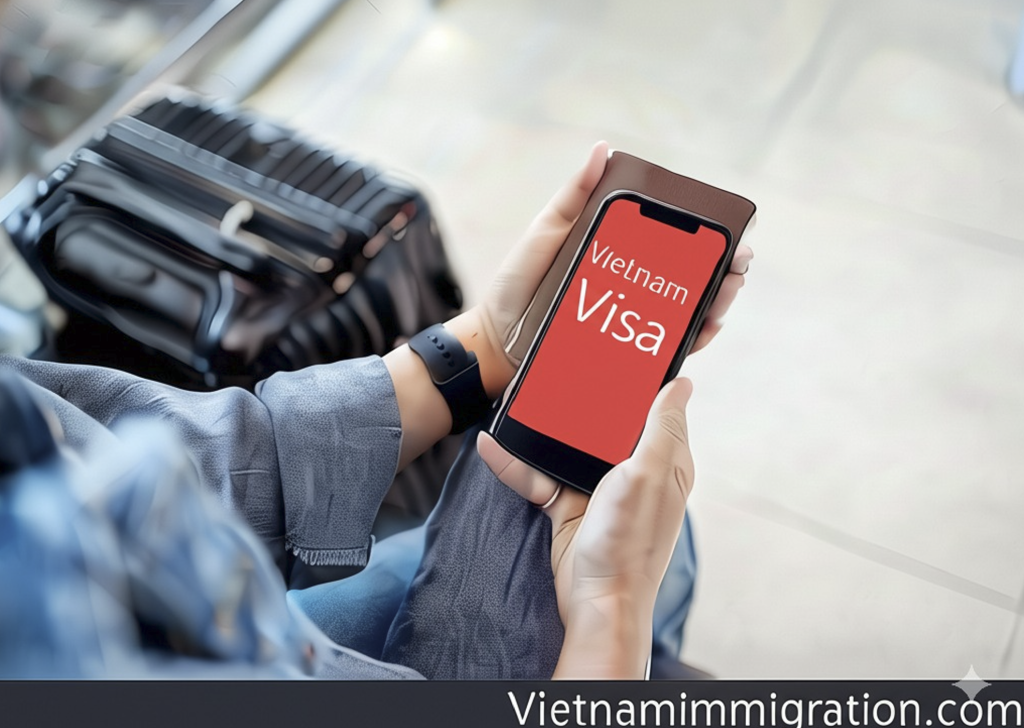
If you’re based in Canberra and planning a trip to Vietnam in 2025, one of the first things you’ll need to sort out is your visa. But here’s the question—should you submit your application at the Vietnamese Embassy in Canberra or take advantage of a faster and more flexible online visa service? With multiple options now available, travelers must weigh their choices carefully to avoid delays, complications, or unnecessary stress. This article will break down both methods so you can confidently choose the route that best suits your travel plans and schedule.
Travelers in Canberra generally have two options when applying for a Vietnam visa: visiting the Vietnamese Embassy in Canberra for a traditional in-person application or using the online visa systems available for tourists and short-term visitors.
The embassy route involves booking an appointment, gathering physical documents, and submitting them either in person or by post. The visa will be stamped directly onto your passport. This method is considered reliable and often necessary for specific types of long-term or specialized visas.
On the other hand, online visas—such as e-visas and visa on arrival (VOA)—allow you to handle the entire process digitally. You fill out a form, upload a passport scan and photo, and wait for your visa approval via email. This method is ideal for travelers seeking convenience and speed, particularly those planning short-term trips to Vietnam.

Applying through the embassy provides a few clear benefits. First, it offers access to longer-term visas and multiple-entry options, which are often not available through online platforms. If you’re going to Vietnam for work, investment, or family matters, the embassy is the correct route.
The application also results in a physical visa label on your passport, which some travelers find more official or trustworthy. For those who want peace of mind and the ability to speak directly with embassy staff, this process may feel more secure.
However, the drawbacks are significant for busy individuals. The embassy operates during limited business hours, so you’ll likely need to take time off work or adjust your schedule to visit. You’ll also have to deal with more paperwork, potential delays in mailing documents, and longer processing times—often between 5 to 10 working days.
Lastly, small errors in your documentation can result in setbacks, especially if you’re unfamiliar with visa requirements or don’t have professional assistance.
The digital route is increasingly becoming the go-to for many travelers—and for good reason. It’s incredibly fast, user-friendly, and efficient. Whether you’re using the e-visa system or applying for a visa on arrival, the process typically takes only a few hours to a few days.
Platforms like Vietnam Visa Services make it even easier by verifying your documents, offering 24/7 assistance, and guaranteeing visa approval or your money back. For travelers who value convenience or need a visa urgently, this is a reliable alternative to embassy visits.
That said, online visas typically have a shorter validity period—ranging from 15 to 90 days—making them more suitable for tourism, business meetings, or short visits. Additionally, the entry points for these visas can be limited to major international airports or selected border crossings. It’s crucial to confirm that your point of arrival in Vietnam accepts your visa type before finalizing travel plans.

If you’re applying for a long-term visa, need multiple entries, or are traveling to Vietnam for professional purposes, the embassy is usually the best—and sometimes the only—option. This includes work visas, investor visas, student visas, or family reunion documentation.
It’s also suitable for travelers who prefer in-person consultations, or who have more than two weeks of lead time before departure. If you’re confident in your ability to prepare complete and accurate paperwork and don’t mind the logistics of mailing or visiting the embassy, this method remains solid and dependable.
Furthermore, the embassy process can feel more “official,” especially for travelers who value the formality of a visa stamped into their passport prior to departure.
If you’re headed to Vietnam for a holiday, short-term business event, or spontaneous getaway, the online visa process will likely save you time and effort. You can apply without ever leaving your home, and the entire process—from application to approval—can take just a few hours with expedited options.
Online visa services are particularly helpful if you’re in a rush, can’t spare time to visit the embassy, or simply want to avoid bureaucracy. You don’t need to worry about printed forms, postal delays, or consular appointments.
Even better, many online visa providers offer responsive customer support, so you’re never alone if you have questions or run into technical issues during the application. As long as your travel falls within the scope of short visits, this method is not only convenient but also cost-effective.
For residents of Canberra looking for a hassle-free visa application experience, Vietnam Visa Services offers everything you need. Their service is fast, reliable, and designed with convenience in mind:
This service is particularly valuable for those with tight travel timelines or who simply want peace of mind throughout the visa process.

Ultimately, whether you apply at the Vietnamese Embassy in Canberra or choose to go digital depends on your travel needs and personal preferences. The embassy is ideal for long-term or complex visas, while online services offer a stress-free solution for short-term travelers.
If you value speed, convenience, and expert support, choosing an online visa through Vietnam Visa Services could be the smartest travel decision you make this year.

